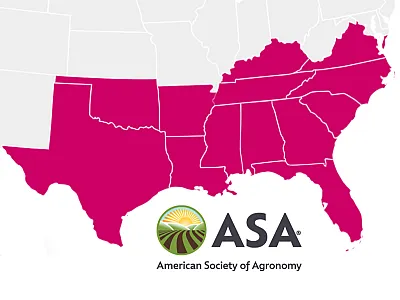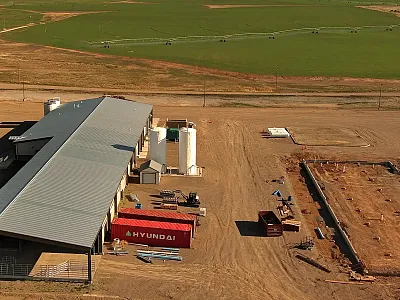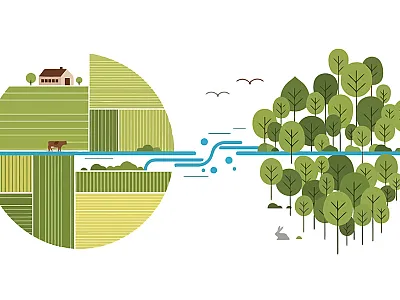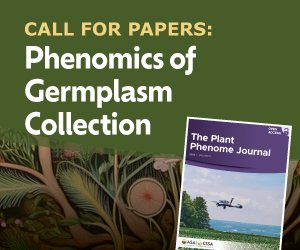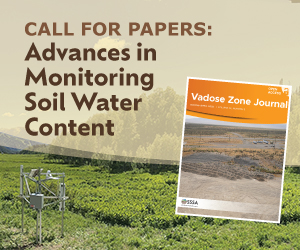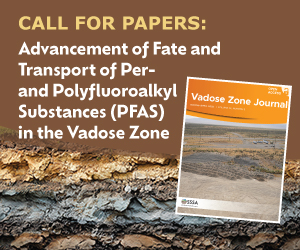Estimating Osmotic Potential of Soil Solutions to Address Crop Salt Tolerance
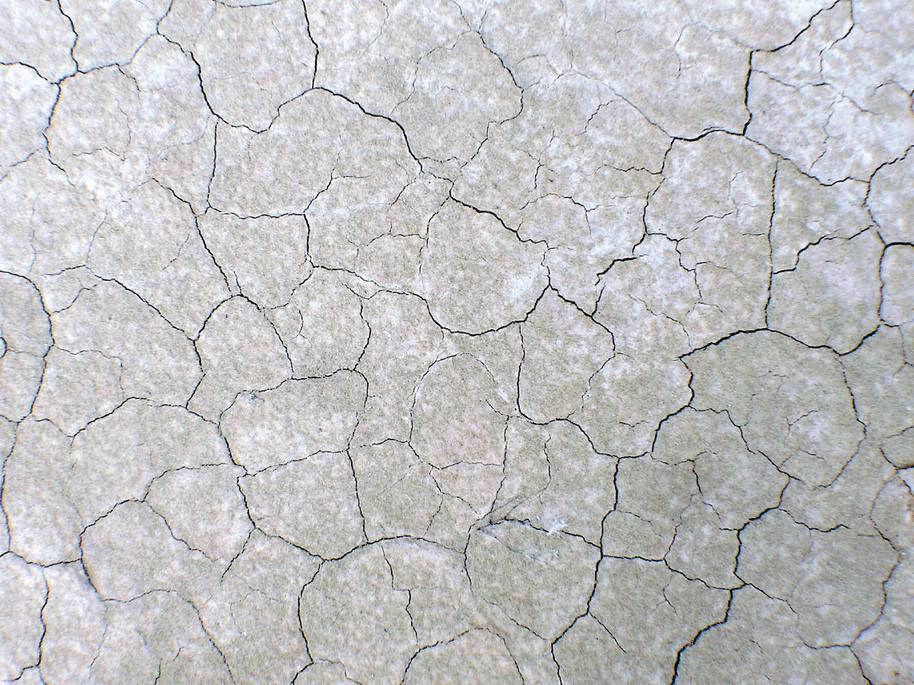
Soil salinity is a menace for agriculture, as salts impair plant development and productivity. To characterize salinity, electrical conductivity of water‐saturated soil is frequently measured. However, osmotic potential of soil solution rather than electrical conductivity is the physics‐based measure of salinity‐imposed difficulty for plants to take up soil water and nutrients. Martinus (Rien) van Genuchten and coworkers were first to suggest simulating salt transport in soils and estimating plant salinity stress by computing the osmotic potential change from soil solution composition.
In a study in Vadose Zone Journal, researchers developed a model to compute the osmotic potential for the major salts found in saline soils. They used a large international database to relate the osmotic potential to readily available solution salinity metrics for sulfate, sulfate‐chloride, and chloride‐sulfate types of soil salinity. The researchers found that the total highly soluble salt concentration appeared to be the best predictor of the osmotic potential and used it to develop diagrams for evaluating the salinity‐related yield loss for major field crops.
This work provides the opportunity to use both legacy and current measured and simulated data on soil solution composition in salinity control to optimize irrigation water use in arid and semiarid regions.
Adapted from
Pachepsky, Y., Yakirevich, A., Ponizovsky, A. A., & Gummatov, N. (2024). The osmotic potential of soil solutions in salt tolerance studies: Following M. Th. van Genuchten’s innovation. Vadose Zone Journal, 23, e20299. https://doi.org/10.1002/vzj2.20299
Text © . The authors. CC BY-NC-ND 4.0. Except where otherwise noted, images are subject to copyright. Any reuse without express permission from the copyright owner is prohibited.





